The Hands|On glove looks like it’s a PowerGlove replacement, but it’s a lot more and a lot better. (Which is not to say that the Power Glove wasn’t cool. It was bad.) And it has to be — the task that it’s tackling isn’t playing stripped-down video games, but instead reading out loud the user’s sign-language gestures so that people who don’t understand sign can understand those who do.
The glove needs a lot of sensor data to accurately interpret the user’s gestures, and the Hands|On doesn’t disappoint. Multiple flex sensors are attached to each finger, so that the glove can tell which joints are bent. Some fingers have capacitive touch pads on them so that the glove can know when two fingers are touching each other, which is important in the US sign alphabet. Finally, the glove has a nine degree-of-freedom inertial measurement unit (IMU) so that it can keep track of pitch, yaw, and roll as well as the hand’s orientation.
In short, the glove takes in a lot of data. This data is cleaned up and analyzed in a Teensy 3.2 board, and sent off over Bluetooth to its final destination. There’s a lot of work done (and some still to be done) on the software side as well. Have a read through the project’s report (PDF) if you’re interested in support vector machines for sign classification.
Sign language is most deaf folks’ native language, and it’s a shame that the hearing community can’t understand it directly. Breaking down that barrier is a great idea, and it makes a great entry in the Hackaday Prize!

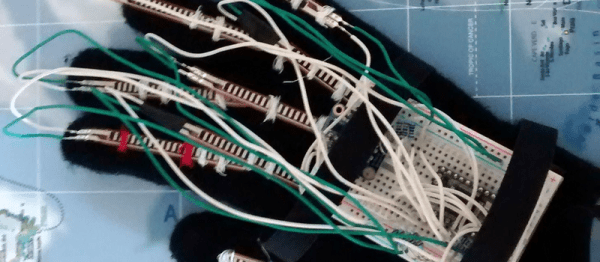




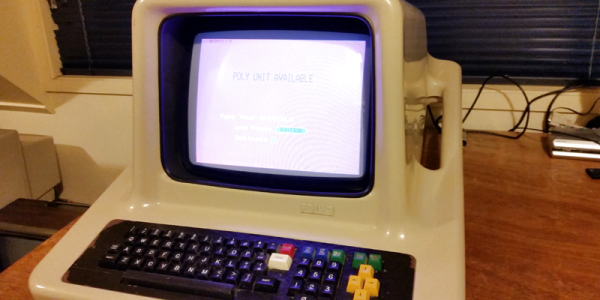

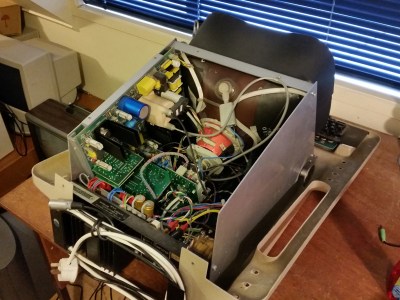
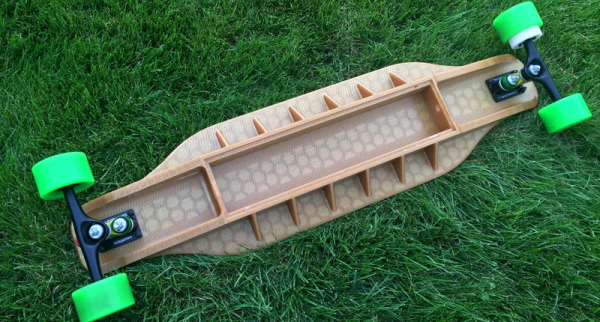
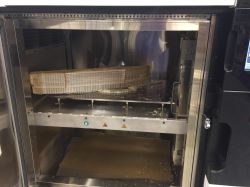
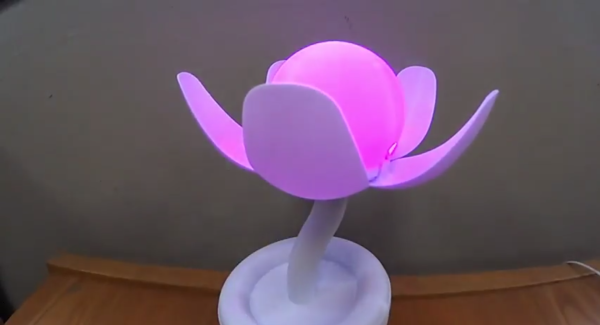

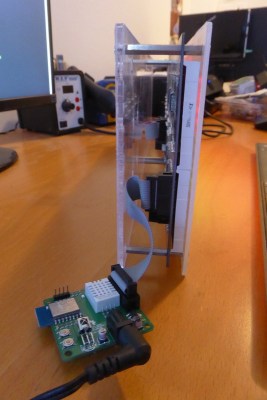 He wanted to try out SMD soldering so he built a custom PCB to hold the ESP-12, power supply, passive components, and a connector and he describes his methods and results. Instead of hardcoded messages, he wanted the system to be configurable and display messages coming in, not only from his laundry system, but also from other sensors. A web interface, built with jQuery and WebSockets, running on the ESP-12 allows the user to subscribe to a topic on the broker and show a customized name and value on the display when a payload is available.
He wanted to try out SMD soldering so he built a custom PCB to hold the ESP-12, power supply, passive components, and a connector and he describes his methods and results. Instead of hardcoded messages, he wanted the system to be configurable and display messages coming in, not only from his laundry system, but also from other sensors. A web interface, built with jQuery and WebSockets, running on the ESP-12 allows the user to subscribe to a topic on the broker and show a customized name and value on the display when a payload is available.
 Fritzing came out of the Interaction Design Lab at the University of Applied Sciences of Potsdam in 2007 as a project initiated by Professor Reto Wettach, André Knörig and Zach Eveland. It is frequently compared to Processing, Wiring, or Arduino in that it provides an easy way for artists, creatives, or ‘makers’ to dip their toes into the waters of PCB design.
Fritzing came out of the Interaction Design Lab at the University of Applied Sciences of Potsdam in 2007 as a project initiated by Professor Reto Wettach, André Knörig and Zach Eveland. It is frequently compared to Processing, Wiring, or Arduino in that it provides an easy way for artists, creatives, or ‘makers’ to dip their toes into the waters of PCB design.










